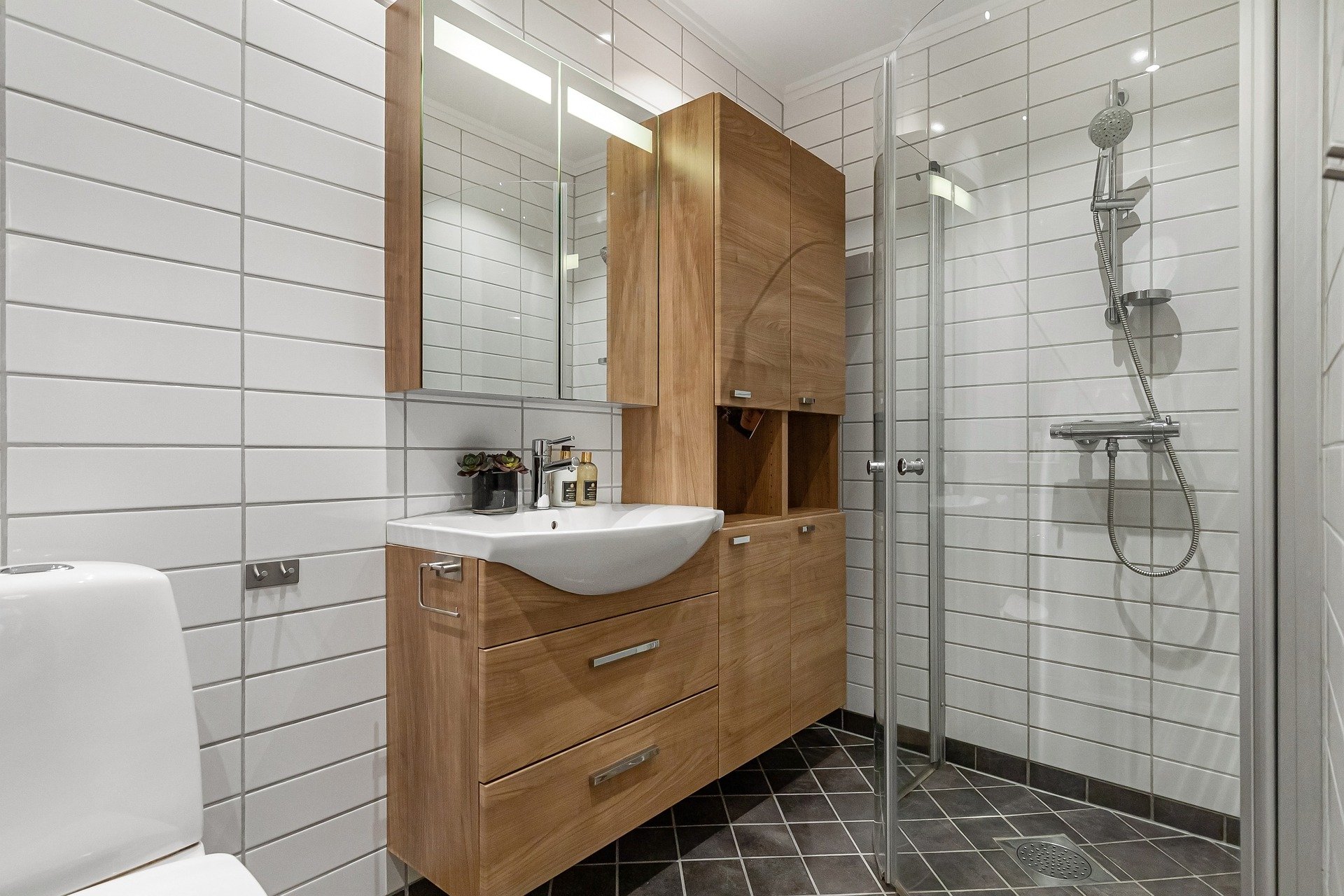Guide to water-efficient fixtures and fittings
A well-planned bathroom can reduce water use, limit mold risk and improve long-term sustainability without compromising comfort. This guide explains how fixtures, plumbing choices, tiling, ventilation and simple controls work together to support water conservation, accessibility and easier maintenance during renovation projects.
A bathroom renovation offers an opportunity to improve water efficiency without sacrificing function or comfort. Thoughtful layout, durable finishes and correctly specified fixtures reduce consumption, limit the risk of water damage, and make ongoing maintenance simpler. This guide describes how plumbing choices, shower and sink fittings, vanities, storage, tiling, ventilation and controls all contribute to water conservation, mold prevention and accessible, sustainable design.
How does plumbing affect water efficiency?
Plumbing layout and component selection determine how much water is used and how easily leaks are detected and fixed. During renovation, properly sized supply lines and correct pipe routing reduce heat loss and unnecessary flow restrictions. Installing accessible shutoff valves near vanities and under sinks simplifies maintenance and helps stop leaks quickly. Coordination between plumbing and tiling teams prevents rework: for example, setting drain locations and trap pitches before tiling avoids later invasive repairs that can expose structures to moisture and increase mold prevention needs.
What shower and sink fixtures save water?
Selecting low-flow showerheads and aerated sink faucets is a straightforward way to lower water use while maintaining a satisfying user experience. Look for fixtures that list flow rates in liters per minute so you can compare performance objectively. Pressure-compensating showerheads and faucets with aerators maintain spray feel at reduced flow. Thermostatic valves and smart controls for pre-set temperatures minimize time spent adjusting water, cutting waste. Combining efficient fixtures with proper installation and occasional maintenance of aerators preserves savings over time.
How can vanities, storage and tiling influence efficiency?
Vanities designed with accessible plumbing panels and integrated storage minimize the chance of hidden leaks that lead to costly repairs and mold growth. Choose water-resistant cabinet materials and elevated bases to reduce moisture exposure from small spills. Tiling around wet areas should include a waterproof membrane and quality grout; properly sealed grout lines prevent water penetration into substrates. Thoughtful storage keeps hygiene products off wet surfaces and helps prevent mildew, while well-planned vanity layouts support easy access for maintenance and plumbing checks.
How do lighting, ventilation and mold prevention help?
Adequate ventilation is essential to remove excess humidity after showers and reduce condensation on tiles and fittings. An exhaust fan sized for the room and equipped with a humidity sensor or timer improves performance and supports mold prevention. Lighting that makes corners and niches visible helps detect early signs of mildew or leaks. Energy-efficient LED lighting reduces heat emission while delivering clear illumination, contributing to a sustainable bathroom environment alongside water-saving fixtures and regular ventilation checks.
How do smart controls and maintenance support conservation?
Smart controls such as leak detectors, automatic shutoff valves and remote monitoring provide early warnings and measurable data on water use. Installing a leak sensor near the vanity, under the sink or adjacent to the shower can prevent slow leaks from causing structural damage. Routine maintenance—cleaning aerators, checking seals around taps and showerheads, and inspecting grout—keeps systems functioning efficiently. Local services can assist with periodic inspections, and having a simple maintenance checklist makes it easier to preserve water savings during the life of the bathroom.
How to address accessibility and sustainability in renovation?
Accessibility features like curbless showers, grab bars, and adjustable-height vanities can be integrated with water-efficient fittings. Curbless, well-drained shower designs reduce standing water and simplify cleaning, supporting mold prevention while improving access. Sustainable choices—durable fixtures, long-lasting tiling, and materials with low environmental impact—lower the need for replacement and reduce embodied carbon. Combining accessibility, water conservation and robust construction during renovation creates a bathroom that is safer, more durable, and easier to maintain.
Conclusion A cohesive approach to fixtures and fittings—covering plumbing, showers and sinks, vanities and storage, tiling, ventilation, lighting, smart controls and maintenance—delivers measurable water savings and reduces the risk of moisture-related problems. Incorporating accessibility and sustainability considerations at the planning stage ensures the bathroom remains practical, durable and efficient for years to come.






